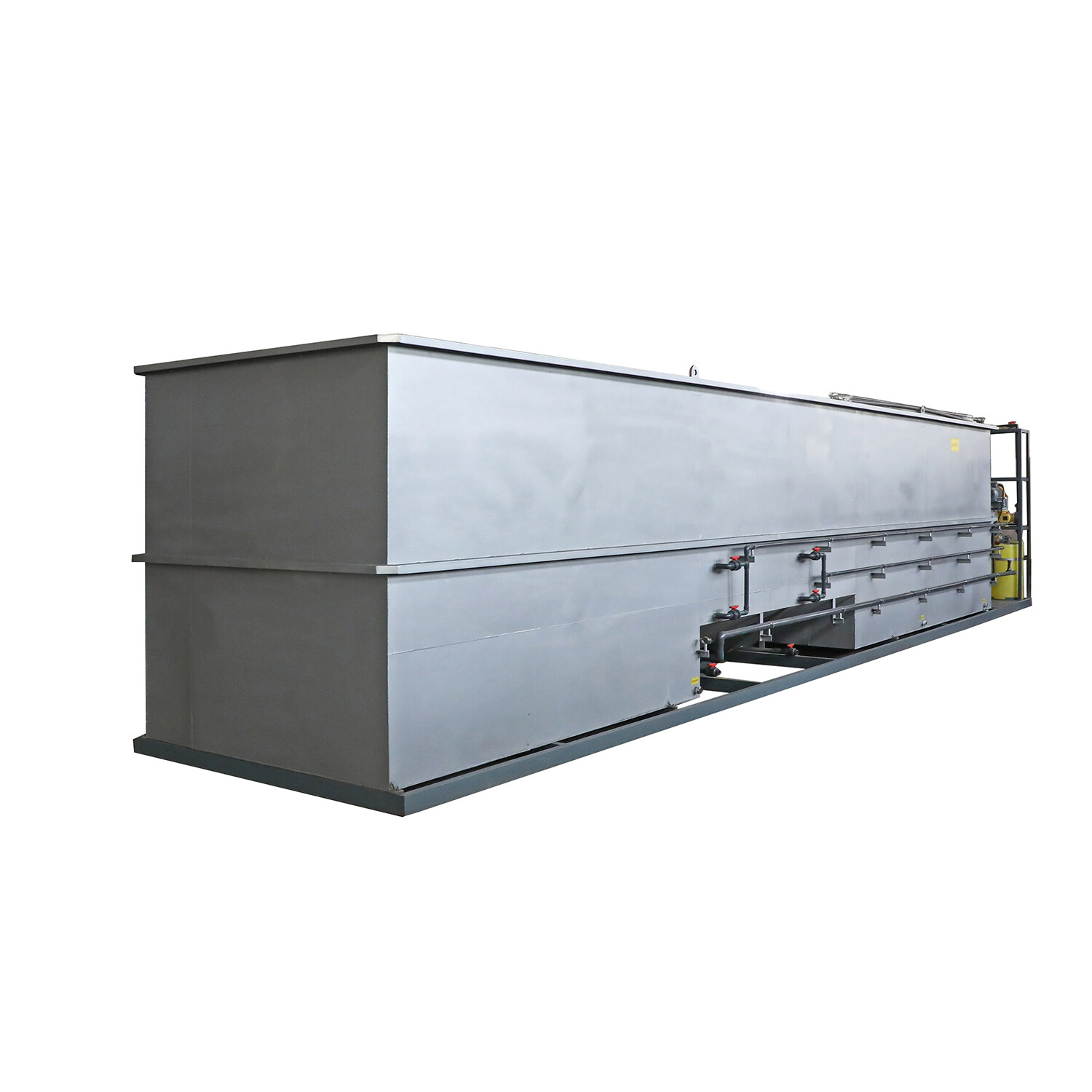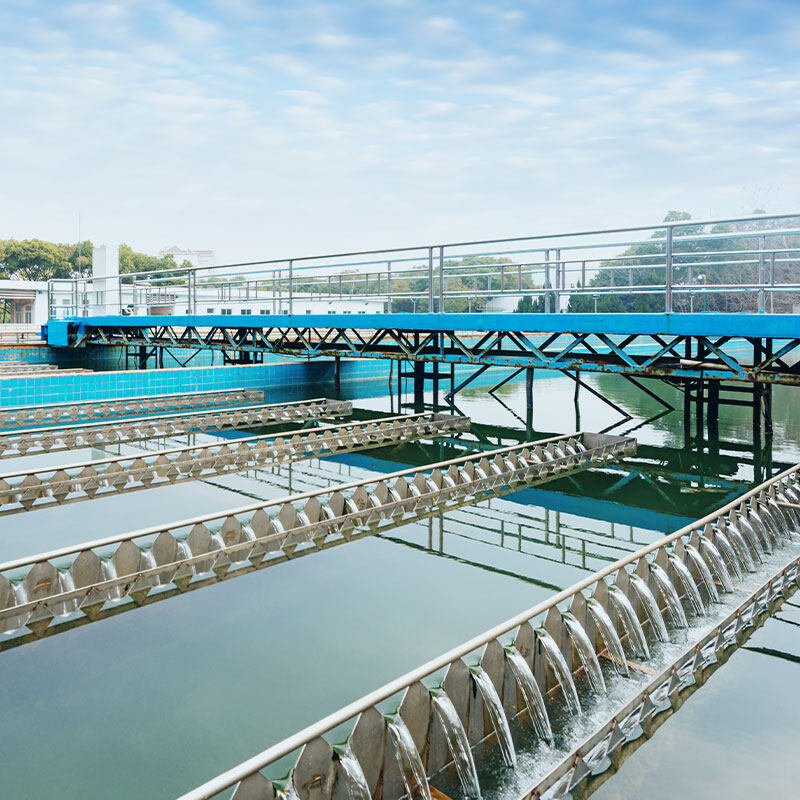Biological Method for Industrial Waste Water COD Removal
Biological Method
Biological treatment is currently one of the most commonly used methods for wastewater treatment, with characteristics such as wide application range, strong adaptability, economic efficiency, and harmlessness. In general, there are two commonly used biological methods: Traditional Activated Sludge Method and Biological Contact Oxidation Method.
Traditional Activated Sludge Method
Activated sludge method is an aerobic biological treatment method for sewage, and is currently the most widely used method for treating industrila wastewater. It can remove soluble and colloidal biodegradable organic matter, suspended solids that can be adsorbed by activated sludge, and other substances from sewage, as well as a portion of phosphorus and nitrogen.
The activated sludge method has a high removal rate and is suitable for treating wastewater with high water quality requirements and relatively stable water quality.
Disadvantages:
- Not adept at adapting to changes in water quality, unable to fully utilize oxygen supply
- The air supply is evenly distributed along the pool water, resulting in insufficient oxygen in the front section and excess oxygen in the rear section
- The aeration structure is huge and covers a large area.
Biological Contact Oxidation Method
The biological contact oxidation method is mainly used to treat organic wastewater by utilizing microorganisms (i.e. biofilms) attached to the surface of certain solids.
Biological contact oxidation method is a submerged biofilm method, which is a combination of biofilter and aeration tank. It combines the characteristics of activated sludge method and biofilm method and has good results in water treatment process.
Advantage:
- The biological contact oxidation method has a high volumetric load and strong adaptability to impact loads;
- Low sludge generation, easy operation and management, simple operation, low energy consumption, and economic efficiency;
- It has the advantages of activated sludge method, high biological activity, good purification effect, high treatment efficiency, short treatment time, and good and stable effluent quality;
- It can decompose substances that are difficult to decompose in other biological treatments, and has the function of deoxygenation and phosphorus removal, making it a tertiary treatment technology.
The QDEVU activated sludge process consists of an aeration tank, a sedimentation tank, a sludge reflux system, and a residual sludge removal system.
The sewage and returned activated sludge enter the aeration tank together to form a mixed liquid. The compressed air sent from the air compressor station enters the sewage in the form of small bubbles through an air diffusion device laid at the bottom of the aeration tank, with the aim of increasing the dissolved oxygen content in the sewage and keeping the mixture in a highly agitated and suspended state. Dissolved oxygen, activated sludge, and sewage mix and come into full contact, allowing the activated sludge reaction to proceed normally.
QDEVU Anoxic/Oxidative (A/O) Integrated Wastewater Treatment Plant integrates anaerobic, facultative, aerobic, sedimentation, disinfection, and sludge tanks. It is an efficient wastewater treatment equipment that integrates the removal of BOD5, COD, and NH3-N. The contact oxidation method and activated sludge method can be effectively combined, and the advantages of these two methods can be achieved.

Visit www.evuchina.com for more informations!
#QDEVU #WATERTREATMENT #WASTEWATERTREATMENT #SEWAGETREATMENT #SEWAGEWATERTREATMENT #WATERFILTER #WATERFILTRATION #SLUDGETREATMENT #SLUDGEDEWATERING


